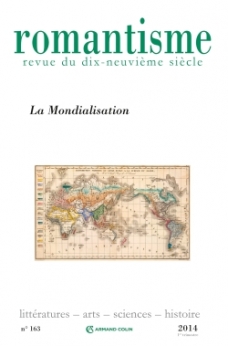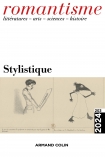
Romantisme n° 163 (1/2014)
Pour acheter ce numéro, contactez-nous
Recevez les numéros de l'année en cours et accédez à l'intégralité des articles en ligne.
Au XIXe siècle, on assiste à une circulation des imaginaires sériels : mystères urbains, récits d’aventures historiques, géographiques ou scientifiques, romans policiers ont ainsi été diffusés dans tout l’occident, produisant des effets d’architextualité internationaux. La stratification des stéréotypes a permis l’assimilation des récits importés par les séries culturelles locales, suivant un principe de négociation permettant aux auteurs d’affirmer une spécificité nationale. Ainsi les imaginaires sériels ont-ils joué un rôle important dans la circulation des représentations, imposant un imaginaire commun de la modernité.Mais le paradoxe, c’est qu’enmême temps que ces productions ont pu régulièrement donner lieu à des appropriations nationalistes cherchant à exprimer le génie des pays qui les assimilaient, elles ont progressivement participé à la constitution d’imaginaires occidentaux mondialisés.
The 19th century saw the circulation of serialised products of imagination : urban mysteries, historical, geographical or scientific adventure stories, detective novels, were thus distributed throughout Europe, producing international arch-textualities. The way stereotypes became hierarchized allowed for the assimilation of the stories imported into the local cultural serials, according to a principle of negotiation allowing the authors to assert a national specificity. Thus these serialised inventions played a role in the diffusion and circulation of representations imposing a common repertory of modern imagination. But the paradox is that at the same time as these productions regularly led to national appropriations endeavouring to express the particular genius of the assimilating country, they also progressively contributed to the constitution of a globalised Western imagination.

